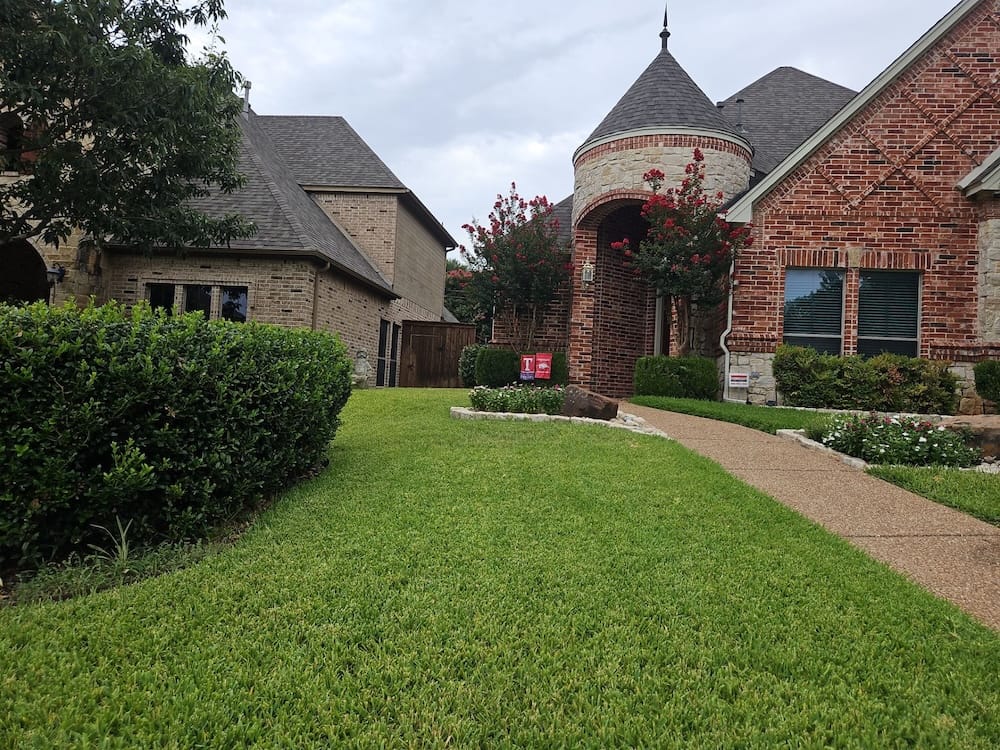
Fall should be a time of recovery for North Texas lawns after the heat and humidity of summer. Unfortunately, as temperatures cool, professional turf insect control becomes critical as pests grow active. These infestations can undo months of lawn care if left untreated. So what are the pests you should be aware of this fall?
Common Lawn Insects That Threaten North Texas Lawns in Fall
Fall’s cooler temperatures and increased moisture create ideal conditions for lawn pests in North Texas. Mild winters can mean higher pest survival rates, and for lawns already stressed by summer heat, your turf can struggle to cope. Here are the pests that can ruin lawns without proactive treatment.
White Grubs
White grubs are C-shaped larvae of various beetles, such as June beetles and masked chafers. These pests feed on roots and cause considerable damage to lawns during the milder fall weather, when they feed heavily. By destroying roots, white grubs cause loose soil and grass with brown, dead patches across the lawn.
Armyworms
Armyworms, the caterpillar larvae of several different moth species, are known for their rapid destruction of lawns. In fact, they can devastate large areas in just 24–48 hours. If you have armyworms, when you part the grass during the fall months they are often visible in large numbers in the soil. If you’re at risk, you will need a lawn treatment company to prevent lawn pests before they cause significant damage.
Chinch Bugs
Chinch bugs are tiny insects that feed on grass blades and inject toxins that cause the blades to turn yellow and brown. St. Augustine grass is the most common target, with outbreaks likely to start in the summer and persist into fall if the weather remains warm. While the damage can appear similar to drought stress, chinch bugs should be visible if you look closely at the grass and soil.
Sod Webworms
Sod webworms are the larvae of lawn moths that feed on grass blades at night. If your North Texas lawn is suffering the stress of a warm summer, it could be particularly vulnerable to these pests. One sign of a sod webworm outbreak is increased bird activity on the lawn.
How to Protect Your Lawn for Healthy Spring Growth
Fall is the most critical time for proactive pest management. With comprehensive lawn care services, including fast-acting insecticides and aeration to strengthen root growth, your turf can emerge in the spring with a reduced risk of pest issues. Quality fall treatments will reduce pest populations before grubs and other insects burrow deep into the soil and become harder to manage.
Expert Lawn Pest Control in North Texas
Green Top Lawn Care is the premier provider of turf insect control solutions in North Texas. Our lawn care professionals prevent insect infestations with a range of dependable treatments. To learn more, call (817) 684-4044 or request a free insect control quote now.







